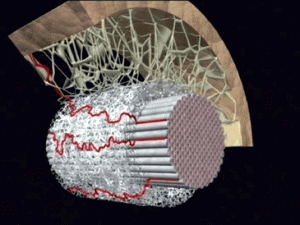Here are two great suggestions for your holiday shopping: first, The Power of Habit by Charles Duhigg. This clear and interesting read applies the insights of neuroscience to the mundane matter of changing our habits. Our brains are plastic—bodies too!—so why not use that plasticity to our advantage? Duhigg says a habit is composed of a cue, a routine, and a reward. It only takes a little self-examination and some perseverance to unpack these parts and make a change. The other suggestion, of course, is my DVD, Heal Your Posture, and my New Rules book, which tell and show you how to change your brain’s postural mapping of your body…
Read More













